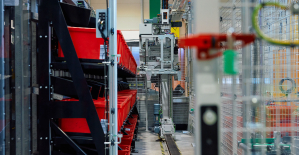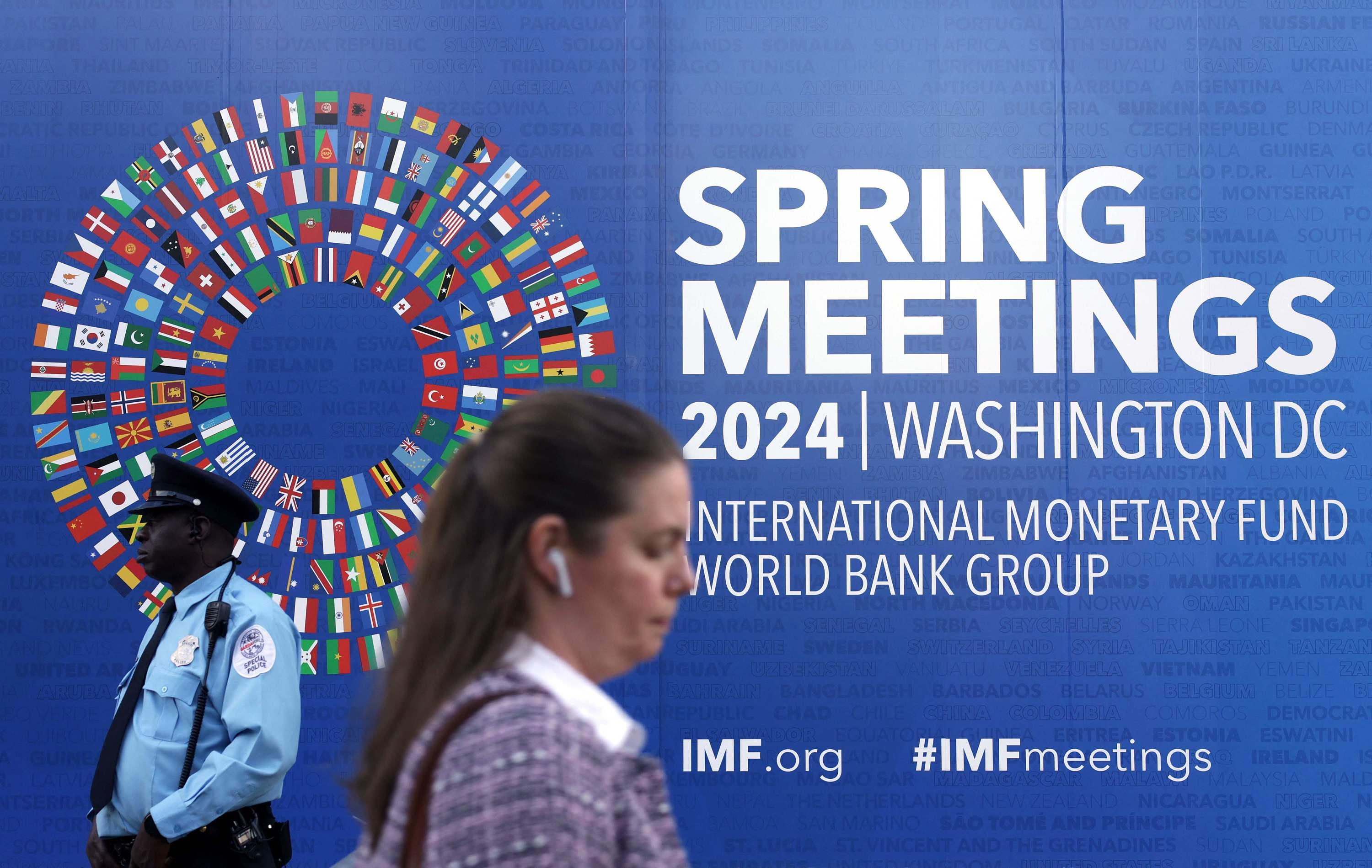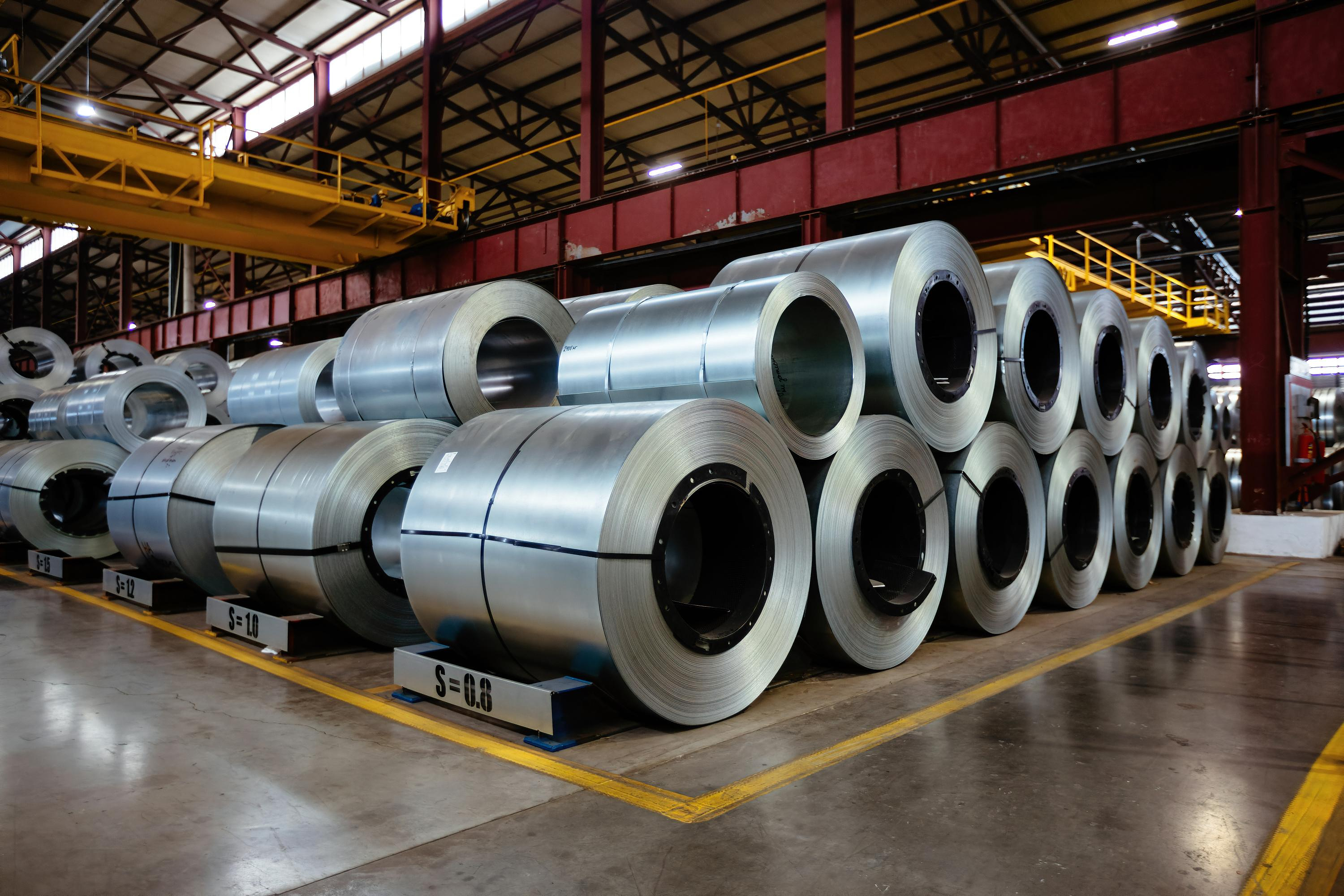The Problem is probably as old as seafaring: for centuries, ships carry and their crews not only trade in goods, in the distance, but unintentionally as stowaways, animal and plant species.
invaders in Galapagos' waters
What can have such invasions for the consequences - and proportions - that surprised researchers. Scientists discovered recently in the waters around the Galapagos Islands, 53 new species. "This is the largest reported increase of alien species ever reported for tropical waters," says study leader James Carlton from Williams College in Mystic (the US state of Connecticut). This is all the more surprising, as the researchers only examined a small part of the island group is a UNESCO world heritage site.
the invaders include sea squirts and marine worms such as the bryozoans Armathia verticillata, which is notorious for port facilities and fishing equipment to be infested, or the date-mussel Leiosolenus aristatus, which bores into coral holdings of the island group. Almost all the new species had been unintentionally by vessels from other tropical waters introduced, writes the Team in the journal "Aquatic Invasions".
the fuselage
Such invasions could increase significantly: ships from the wrap according to the International Maritime organization (IMO), 80 percent of global goods traffic. The increasing ship traffic may threaten the biodiversity in the oceans, stronger than climate change, warn researchers Brian Leung of McGill University in Montreal in the scientific journal "Nature Sustainability". In a growing number of creatures could hulls of the ship, or in the ballast water travelling and new habitats to conquer - at the expense of native species.
"Our study suggests that, unless appropriate measures are taken, can expect an exponential increase in such invasions, with potentially enormous economic and environmental consequences", is first cited author Anthony Sardain, in a communication to the McGill University. Thus, the risk for introduction of alien species from ships could increase, depending on the development of the world economy up to 2050 by a factor of 3 to 20.
ballast water
the basis of the forecast is from Leung and colleagues developed a computer model to the development of global ship transport commitments up to the year 2050 before. In addition, the researchers used the 5. Assessment report of the intergovernmental panel on climate change (IPCC), which outlined five scenarios for the future depending on political decisions and social developments. From the respective scenario, the extent of the threat depends, according to the researchers, by invasive species.
A factor in the gross domestic product of a state is, The larger it is, the stronger the international ship traffic grows, because in a developing society, the demand for import rises. Taking account of other influential factors, the researchers calculated the possible volume of the shipping traffic in the year 2050, and the risk of invading species - with alarming results.
But perhaps everything is quite different: since 2017, the ballast water is added-the Convention of strict standards for the handling of ballast water. The agreement was negotiated by the IMO in 2004 with 74 member States. In force it should take effect twelve months after at least 30 States, whose merchant fleets in the aggregate at least 35 percent of the Gross tonnage of the global merchant account for fleets, the Treaty have ratified it.
mitten crab
On 8. September 2017 it was to the extent that: Since the Convention applies and ships must comply with defined Standards. Meanwhile, 80 States, accounting for almost 81 percent of the world's merchant ship tonnage, joined the agreement. Also Holger Watter from the University of Flensburg is confident that the canadian scientists calculated scenario will not happen.
ballast water in special Tanks, ships need to have different charge balance States and to receive the upright position: a lot of water at little or no charge, little or no water for a full load. Earlier it was pool when you Delete the load of water from the port in the ballast water tank is pumped. Conversely, vessels were Loaded with water. With the water came a variety of living things - from bacteria and Plankton to jellyfish and crabs - from one port to another, and traveled sometimes halfway around the world.
The majority of blind passengers, die on the way, but always re-colonize from ships, creatures brought in new habitats. The best-known example in Germany, the Chinese mitten crab (Eriocheir sinensis). It was in this country at the beginning of the 20th century. Century first detected, and has spread since then in rivers. Probably the animals in the larval stage had arrived by ballast water to Germany.
jellyfish
What are the economic and social impacts can have invasive species, were Fischer to feel on the Black sea and the adjacent Azov sea. The evidence introduced with ballast water of ships bearing American comb jellyfish (Mnemiopsis leidyi) has increased so much, that you wegfraß for many sea creatures, such as the food, anchovy, namely Zooplankton. The changes in the Ecosystem, fish stocks declined dramatically.
also known as the sea walnut-described type have contributed significantly to the collapse of the fisheries in the Azov sea and the Black sea, writes the IMO on their Website. For several years, the jellyfish in the East and the North sea. Also virus and bacteria such as the Cholera pathogen Vibrio cholerae, have spread in the past about the ship traffic.
The Bay of engineer Watter researched for more than ten years, procedures, in order to clean ballast water before it is discharged into the sea. "We have all the means at Hand, to minimize the risk of introduction of alien species," he says. The international ballast water, will show Convention soon effect.
the Transition applies in the case of older vessels is still the rule that you have to exchange their ballast water on the high sea instead of in port. The port pumped water is replaced by water from the open sea. When by pumping the ballast water Tanks, the water must be at least 200 meters deep, and the ship must be within 200 nautical miles (nearly 370 kilometres) from the coast. So organisms when Discharging ballast water to rare as possible in coastal or port waters.
Biofouling
Lisa Drake from the U. S. Naval Research Laboratory in Key West (US state of Florida) and colleagues report in the journal "Management of Biological Invasions", how time-consuming this exchange is: If a quantity of water is pumped through a ballast water Tank that is three times the volume of the tank, 75 to 99 percent of the water exchanged. The aim of this method is to keep the number of organisms and Sediment in the ballast water as low as possible.
In the case of new or refurbished vessels must ensure that the agreement, according to a ballast water treatment system on Board to ensure that the drained water, various limits are complied with. So a cubic meter of water may contain less than ten living organisms, at least 50 microns - thousandths of a Millimeter in size. Even for bacteria, there are maximum values.
such a water quality can be Achieved by mechanical methods, such as filters, physical methods such as UV-irradiation or chemical methods, such as treatment with ozone or chlorine. From 2024, this Standard applies to all ships of the Contracting States.
another danger of the introduction of alien species, the so - called Biofouling-the colonization of the ship's hull by organisms. Some rules to keep this Growth is small. However, Watter looks at this issue as less urgent: "Biofouling, provides a larger driving resistance and thus higher fuel consumption," stresses the Flensburg-based researchers. Therefore, shipping companies would have an interest in, to control the Biofouling.
divers against invaders
The Galapagos Islands, which are visited every year by hundred thousands of tourists, meanwhile, in addition to protect by a different measure: All from international waters coming ships in the larger ports, are inspected by divers. The alien species the ship must leave the port and the hull clean. Only then it is allowed back into the port.

 Knife attack in Australia: who are the two French heroes congratulated by Macron?
Knife attack in Australia: who are the two French heroes congratulated by Macron? Faced with an anxious Chinese student, Olaf Scholz assures that not everyone smokes cannabis in Germany
Faced with an anxious Chinese student, Olaf Scholz assures that not everyone smokes cannabis in Germany In the Solomon Islands, legislative elections crucial for security in the Pacific
In the Solomon Islands, legislative elections crucial for security in the Pacific Sudan ravaged by a year of war
Sudan ravaged by a year of war Covid-19: everything you need to know about the new vaccination campaign which is starting
Covid-19: everything you need to know about the new vaccination campaign which is starting The best laptops of the moment boast artificial intelligence
The best laptops of the moment boast artificial intelligence Amazon invests 700 million in robotizing its warehouses in Europe
Amazon invests 700 million in robotizing its warehouses in Europe Inflation rises to 3.2% in March due to gasoline and electricity bills
Inflation rises to 3.2% in March due to gasoline and electricity bills Olympic Games-2024: which professions are likely to strike during the competition?
Olympic Games-2024: which professions are likely to strike during the competition? Pizzas sold throughout France recalled for “possible presence” of glass debris
Pizzas sold throughout France recalled for “possible presence” of glass debris “As for a football player, there is a contract”: Carlos Tavares defends his remuneration of 36.5 million euros
“As for a football player, there is a contract”: Carlos Tavares defends his remuneration of 36.5 million euros Stellantis: shareholders validate the controversial remuneration of Carlos Tavares
Stellantis: shareholders validate the controversial remuneration of Carlos Tavares Dune 3 will be the last film of Denis Villeneuve's adaptation
Dune 3 will be the last film of Denis Villeneuve's adaptation Shane Atkinson, humble disciple of the Coen brothers
Shane Atkinson, humble disciple of the Coen brothers Outcry from publishers against the authorization of advertising for books on television
Outcry from publishers against the authorization of advertising for books on television Eddy de Pretto celebrates his “last party too many” at the Olympia
Eddy de Pretto celebrates his “last party too many” at the Olympia Skoda Kodiaq 2024: a 'beast' plug-in hybrid SUV
Skoda Kodiaq 2024: a 'beast' plug-in hybrid SUV Tesla launches a new Model Y with 600 km of autonomy at a "more accessible price"
Tesla launches a new Model Y with 600 km of autonomy at a "more accessible price" The 10 best-selling cars in March 2024 in Spain: sales fall due to Easter
The 10 best-selling cars in March 2024 in Spain: sales fall due to Easter A private jet company buys more than 100 flying cars
A private jet company buys more than 100 flying cars This is how housing prices have changed in Spain in the last decade
This is how housing prices have changed in Spain in the last decade The home mortgage firm drops 10% in January and interest soars to 3.46%
The home mortgage firm drops 10% in January and interest soars to 3.46% The jewel of the Rocío de Nagüeles urbanization: a dream villa in Marbella
The jewel of the Rocío de Nagüeles urbanization: a dream villa in Marbella Rental prices grow by 7.3% in February: where does it go up and where does it go down?
Rental prices grow by 7.3% in February: where does it go up and where does it go down? Europeans: the schedule of debates to follow between now and June 9
Europeans: the schedule of debates to follow between now and June 9 Europeans: “In France, there is a left and there is a right,” assures Bellamy
Europeans: “In France, there is a left and there is a right,” assures Bellamy During the night of the economy, the right points out the budgetary flaws of the macronie
During the night of the economy, the right points out the budgetary flaws of the macronie Europeans: Glucksmann denounces “Emmanuel Macron’s failure” in the face of Bardella’s success
Europeans: Glucksmann denounces “Emmanuel Macron’s failure” in the face of Bardella’s success These French cities that will boycott the World Cup in Qatar
These French cities that will boycott the World Cup in Qatar Dortmund-Atlético: two months before the Euro, Griezmann warms up the engine
Dortmund-Atlético: two months before the Euro, Griezmann warms up the engine Football: Bernd Hölzenbein, 1974 world champion, died at 78
Football: Bernd Hölzenbein, 1974 world champion, died at 78 'Everything comes to an end': Surfing legend Kelly Slater moves closer to retirement
'Everything comes to an end': Surfing legend Kelly Slater moves closer to retirement Athletics: the victory of a transgender athlete causes controversy in the United States
Athletics: the victory of a transgender athlete causes controversy in the United States


















